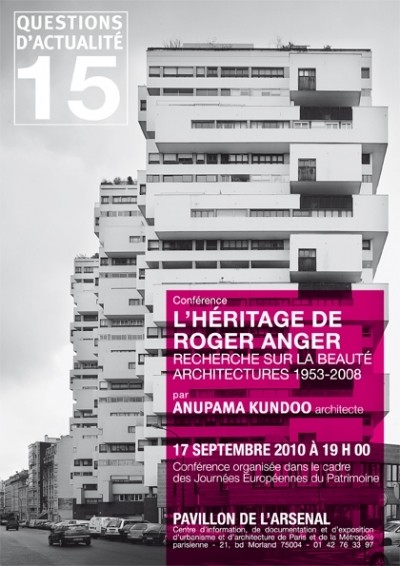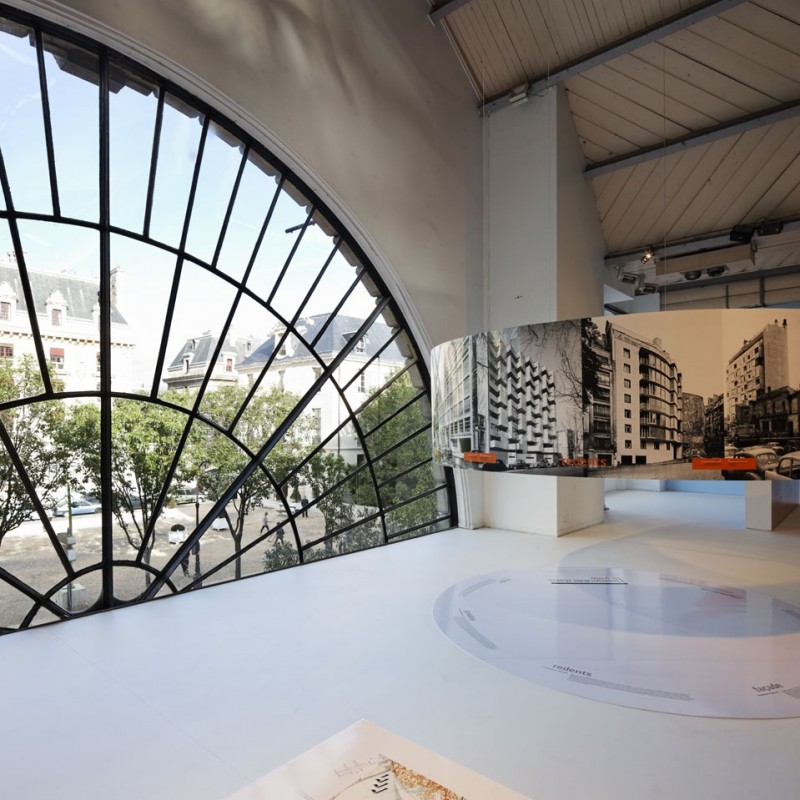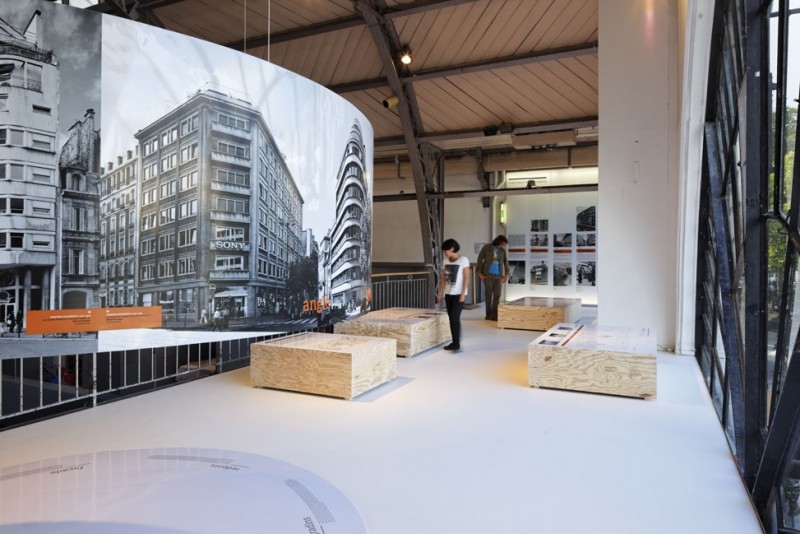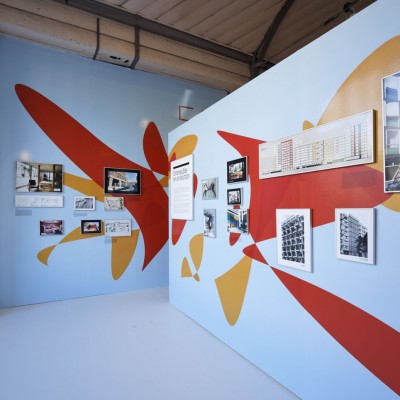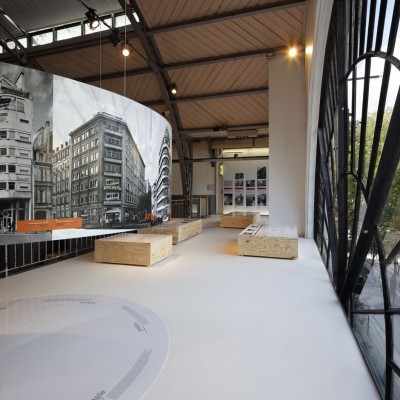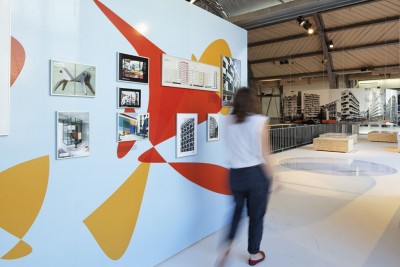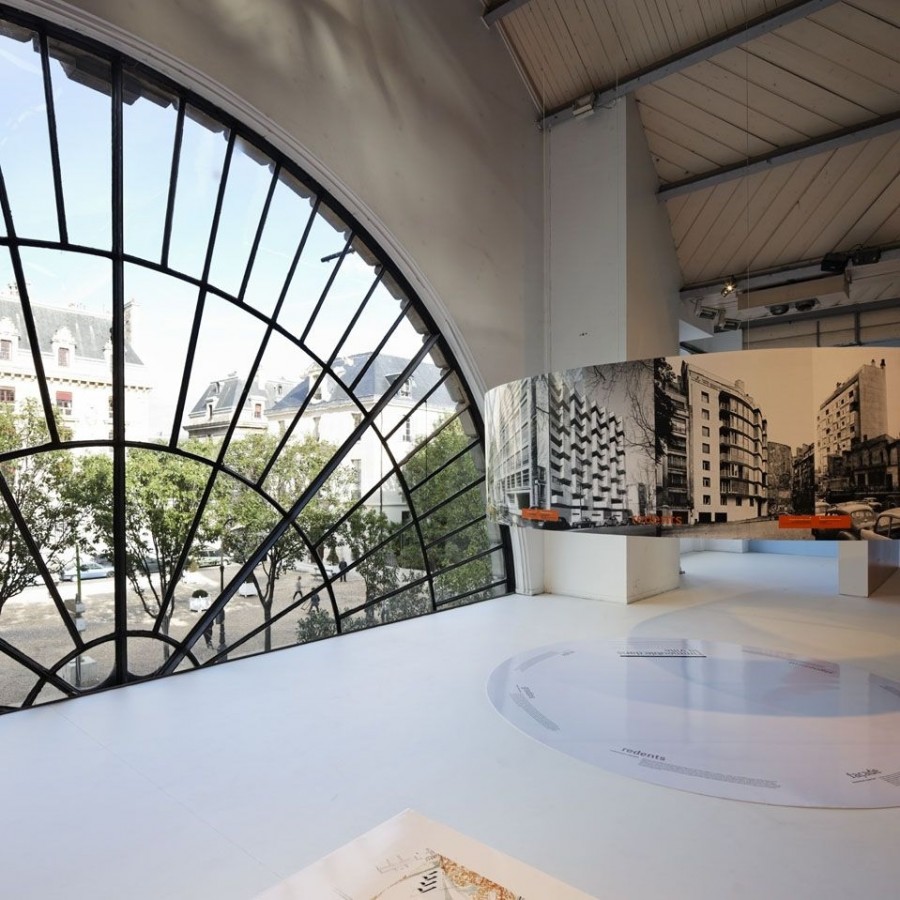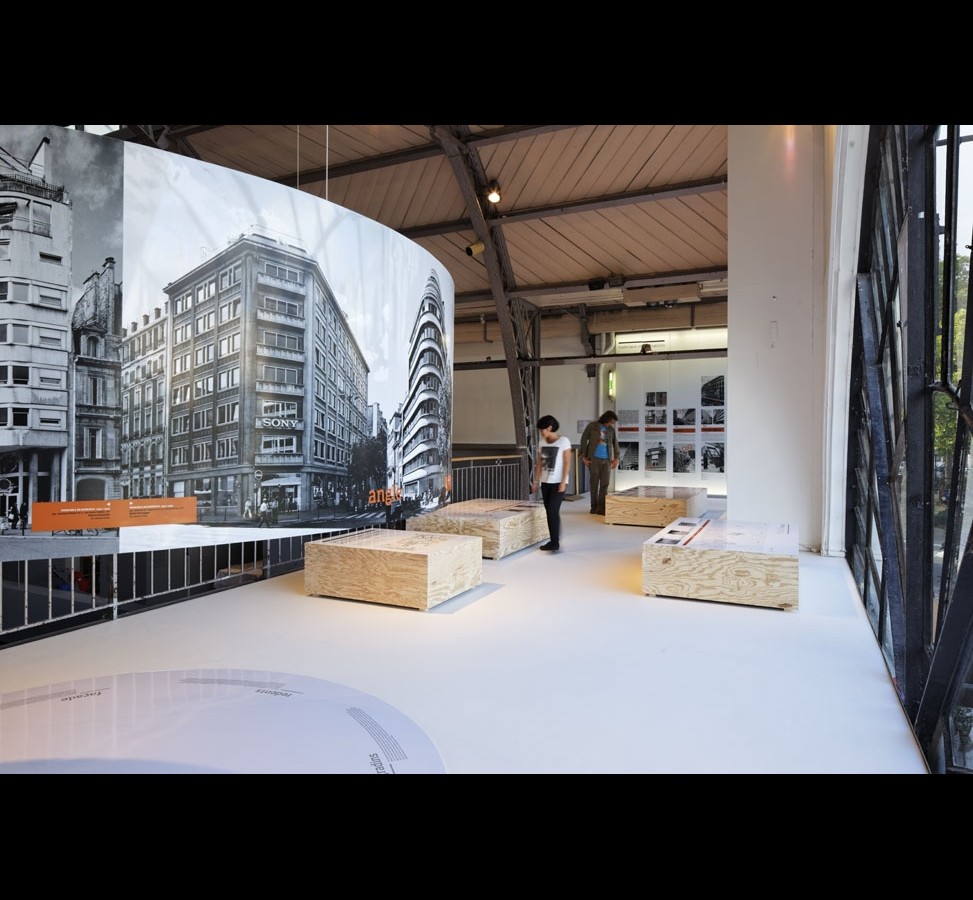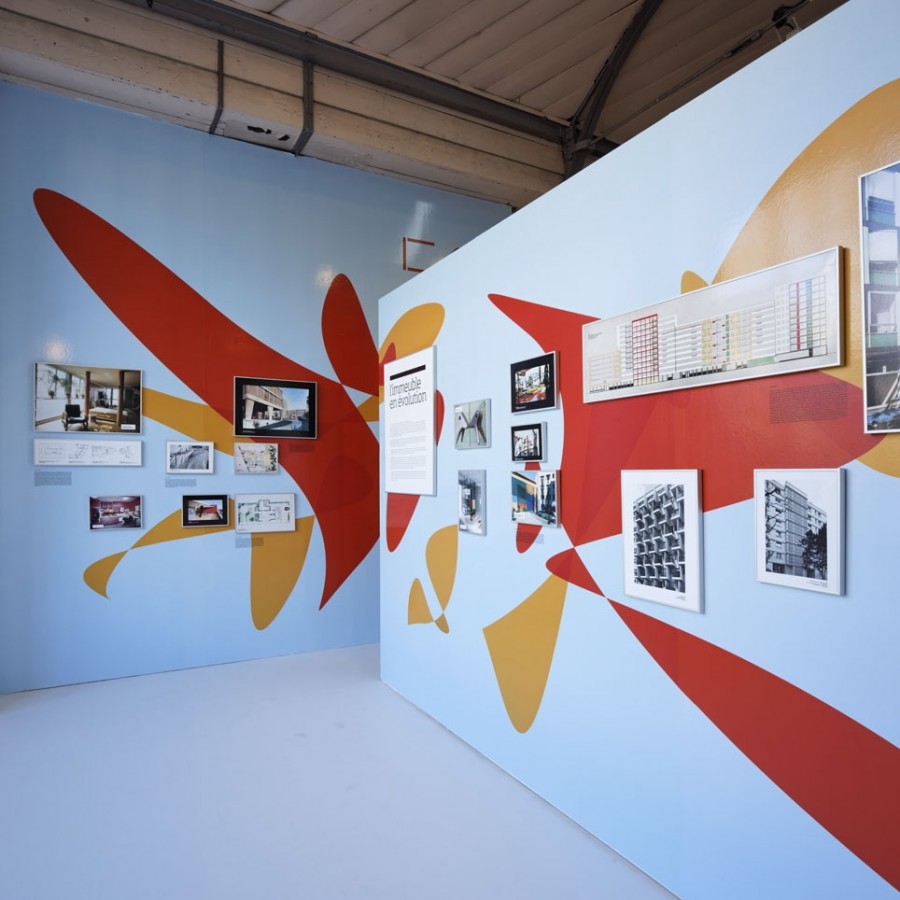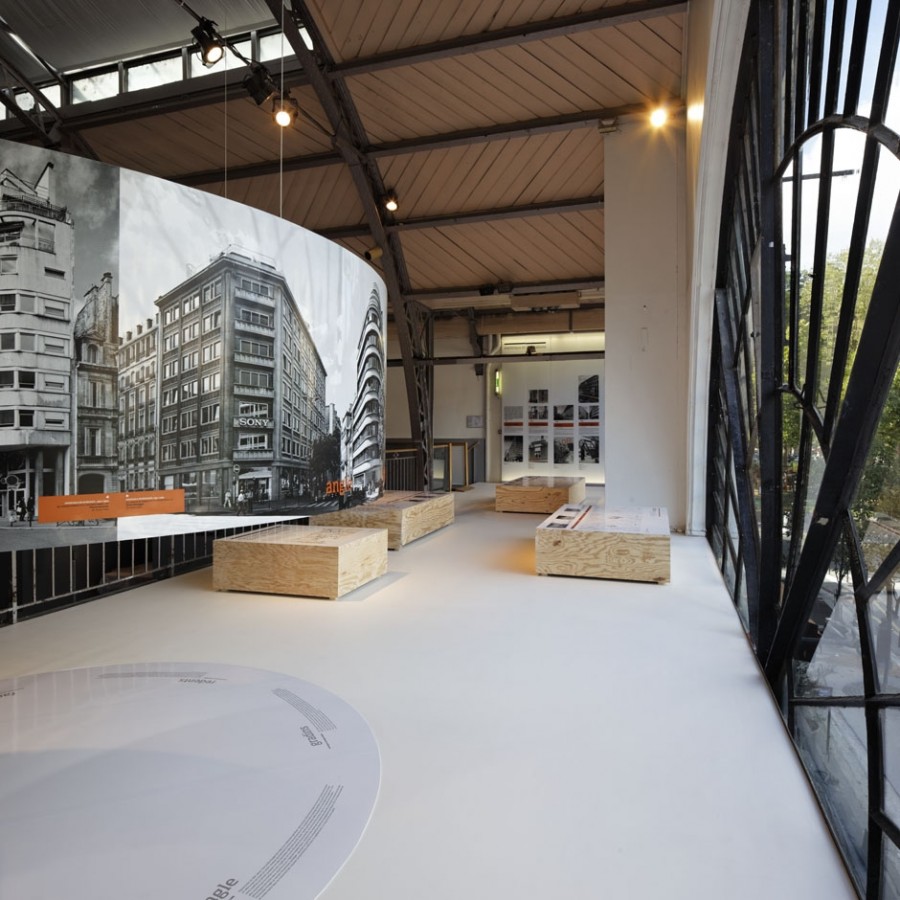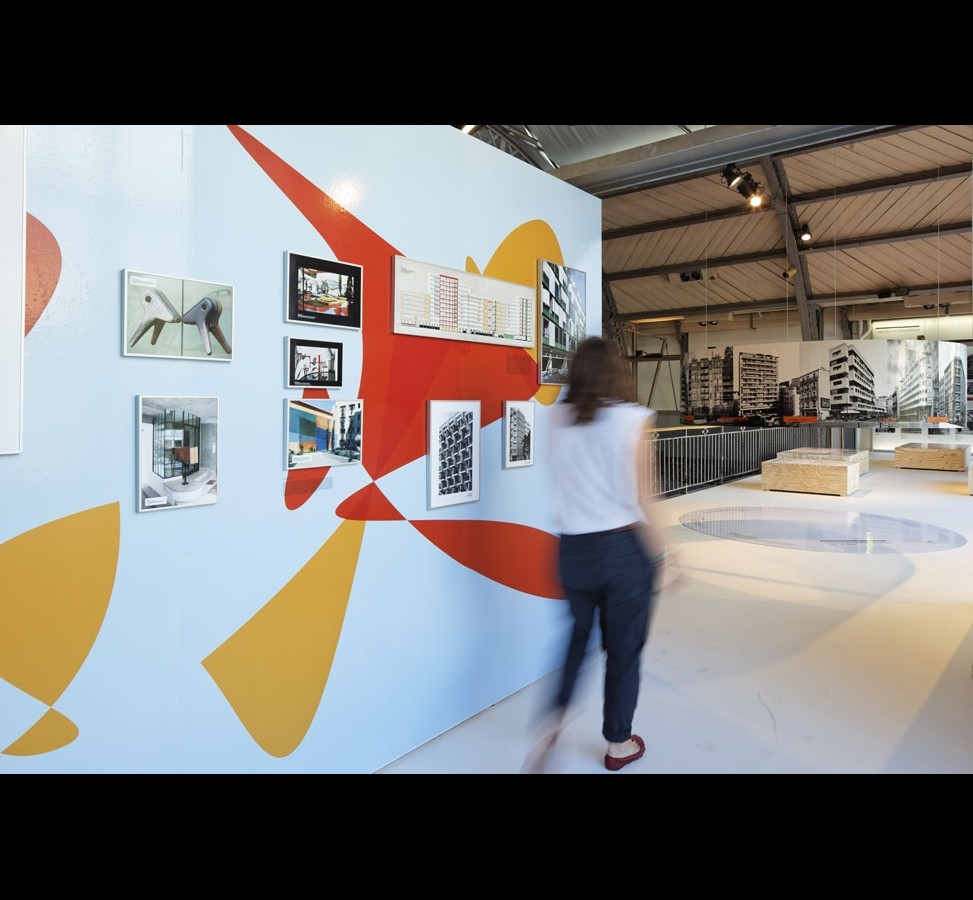More than 2,500 housing units built in ten years, new urban forms and new usages, the rise of prefabrication and the replacement of material and of course an unparalleled affection for domestic arts; “Paris 1950” examines a splendorous and unique period largely ignored in Paris despite a remarkable inventiveness
The 50s were marked by a dire need for housing and increasing uncleanliness and saw the last of the large scale development of “urban” buildings. By definition, this period was characterised by a sense of tension of a city caught between two thought processes and thus gave birth to buildings whose characteristics were mature typology formal beauty and perceptibly contemporary, buildings built by little known architects who created a form which contrasted starkly with our sparse knowledge of the time as only few buildings saw the light of day.
The exhibition is didactic and articulates itself around five successive sequences. It brings to light the main architects of the period, presents the characteristics of these buildings (terraced roofing, free plan, garden, the development of cars and domestic arts, colour and balconies), explains how they contextualise within the city (angled buildings, thick and smooth facades, terracing), narrates the first large scale urban planning initiatives and specifies the materials and technical innovations which came forth from this period.
Examining this period which preceded the advent of ground plans for towers of the “modern movement” allows us to gain a better understanding of the present and demonstrates to the visitor how the city can evolve further between tradition and the contemporary, between scale and urban context.



